Best sci-fi books: modern masterpieces & all-time classics
Here’s a scintillating selection of the best sci-fi books, with modern hits and sci-fi classics for you to enjoy.
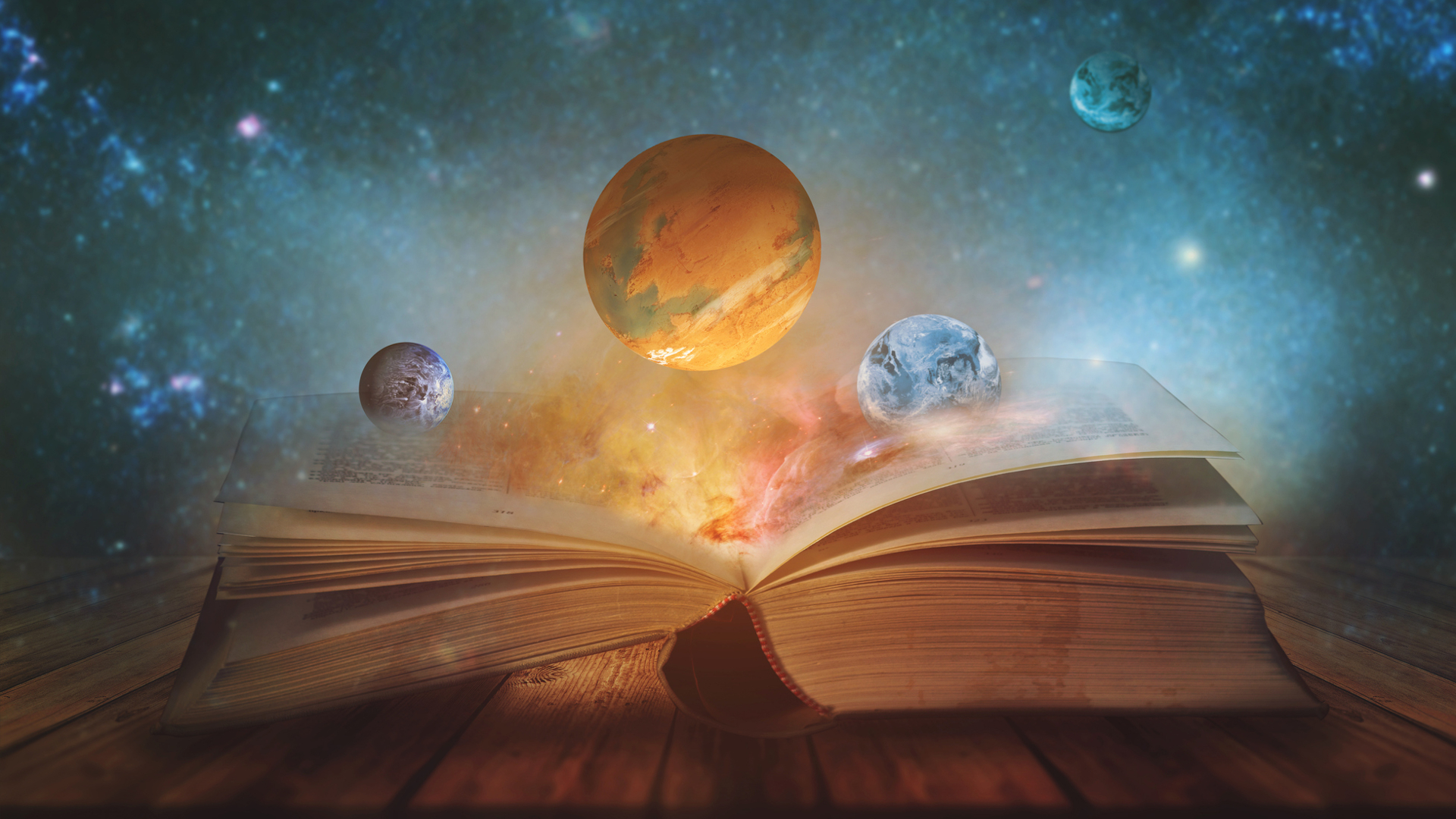
Explore the unknown from the comfort of your home, with the best sci-fi books of all time.
As we drift ever further into a fresh new year, it’s only natural for curious minds to hunger for something far-out and exotic and science fiction literature is the answer. It’s the perfect accompaniment to the occasion, whether it’s finding the perfect transportive book or discovering a rare gem to cozy up with during these cold, dark days.
Sci-fi comes in a wealth of varieties and flavors, and that’s what makes the genre so enticing for readers of all persuasions, from gung-ho military sci-fi, dire dystopian sagas, and revealing concept art editions, to old-fashioned space operas and terrifying extraterrestrial encounters.
If you're interested in checking out more of the science that inspires some of these amazing sci-fi tales, then check out our best space and astronomy books guide.
To cover more ground, we've split our guide into three categories: newly released sci-fi books (within the last year), modern sci-fi books, and classic sci-fi books. Now, sit back and enjoy our collection of the best sci-fi books out there.
Best new sci-fi books
1. The Simulated Multiverse
Why you can trust Space.com
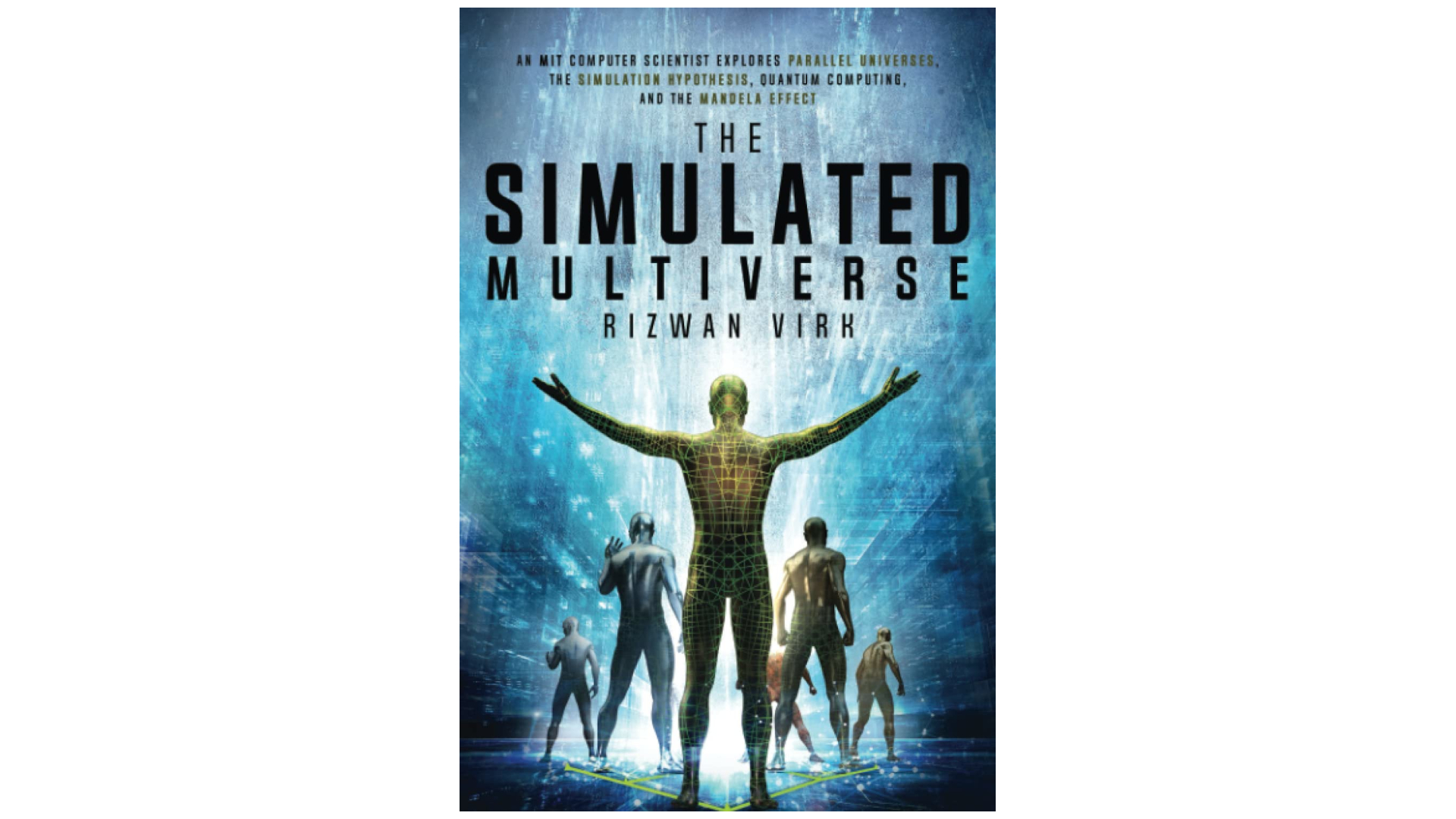
- Author: Rizwan Virk
- Publisher: Bayview Books (2021)
MIT computer scientist, Silicon Valley video game guru, and bestselling author Rizwan Virk (“The Simulation Hypothesis”) explores the wild notion of a complex multiverse that has generated legions of believers over the past decade.
Here Virk offers up mind-scrambling dissections of provocative topics like parallel universes, infinite timelines, quantum computing, alternate simulated realities, contorted definitions of space and time, and the Mandela Effect (a phenomenon in which the minority of the population recalls memories of past events different from the consensus). Think “The Man in the High Castle” high on both the blue and red pill from “The Matrix.” It’s a fascinating explanation of our world that might shake the foundations of your digital reality, but does so in a totally digestible style.
2. The Art of Star Wars: Galaxy’s Edge
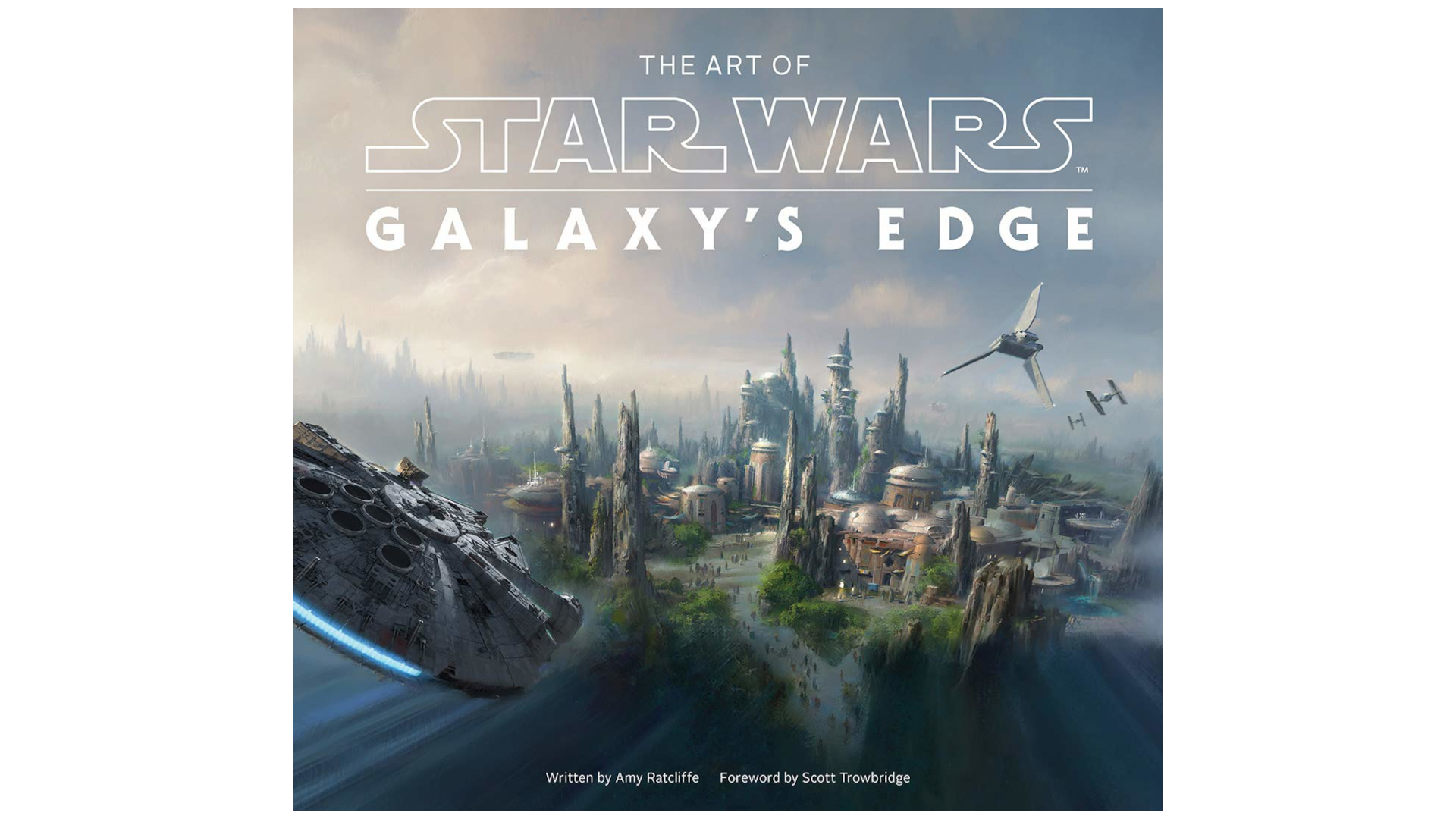
- Author: Amy Ratcliffe
- Publisher: Abrams (2021)
This isn’t nearly as exciting as an actual trip to Disneyland Resort or Walt Disney World, but it costs far less and offers a behind-the-scenes look at the making of the theme parks’ newest Star Wars lands. Written by pop culture expert and theme park aficionado, Amy Ratcliffe, this deluxe 256-page coffee table book displays the incredible portfolio of pre-visualization art that inspired the creation of the fictional world of Galaxy’s Edge and its bustling Black Spire Outpost on the Outer Rim planet of Batuu.
“We looked back on work that happened over five years ago in some cases, but everyone recalled their thought processes and their excitement about working in the Star Wars galaxy,” Ratcliffe told Space.com. “I think readers will not only get an idea of the immense amount of work that went into developing such an ambitious land, but they’ll also see how much care and thoughtfulness went into it.”
Walt Disney Imagineering’s trademark creative method comes alive using a constellation of vivid concept artworks, sketches, attraction blueprints, photos, and exclusive interviews with the talented team of Imagineers who helped construct the illusion of a life-size Star Wars trading destination.
3. Providence
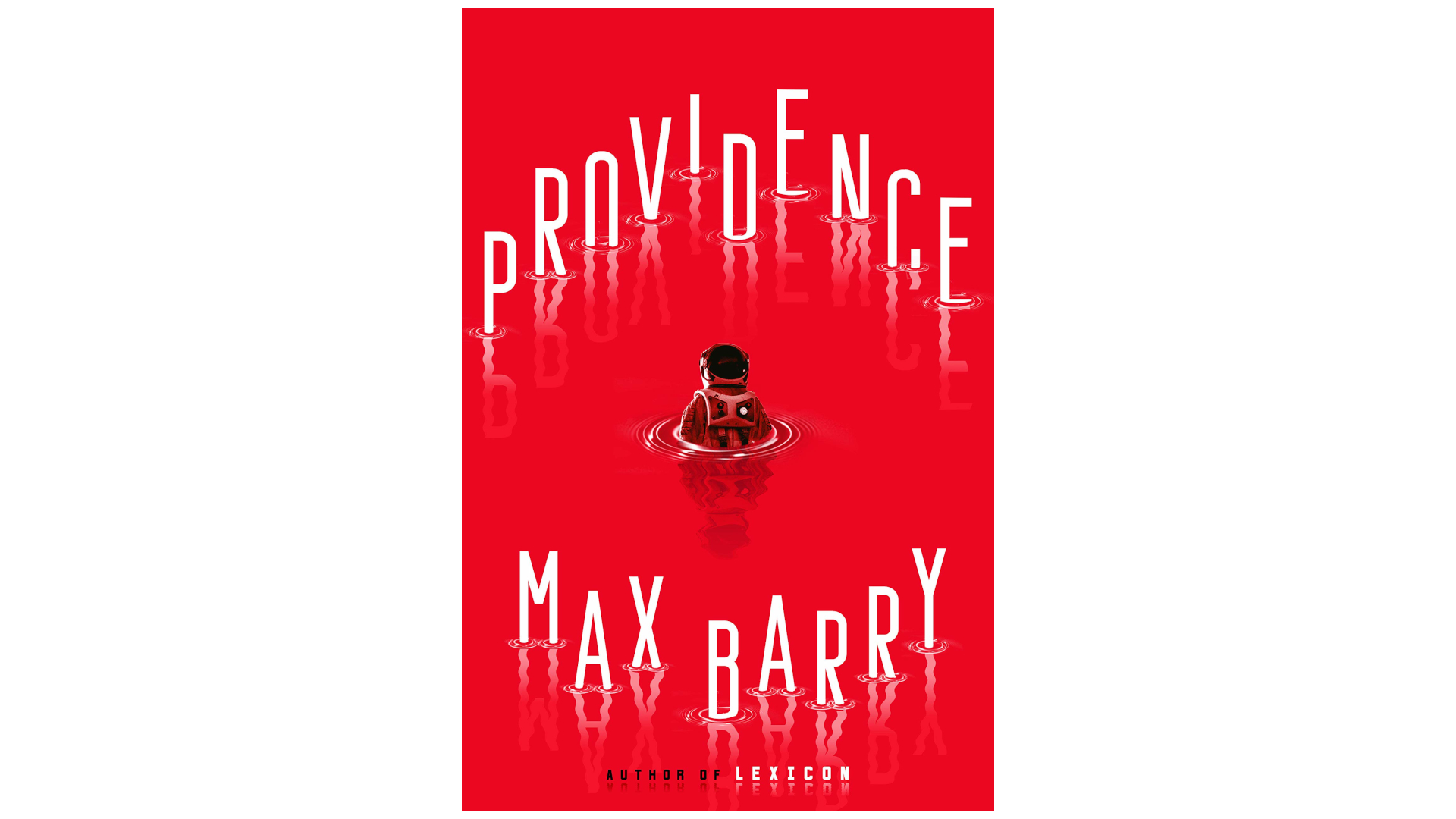
- Author: Max Berry
- Publisher: G. P. Putnam’s Sons (2020)
Quietly released during the height of the global pandemic panic, Max Barry’s (“Lexicon”) novel deserves a spot on our list as it’s one of the best sci-fi novels of the decade. It spins a compelling yarn about a weird race of hive-like, amorphous aliens that spit miniature black holes as defensive weapons and the AI-driven battleship called the Providence Five and its small four-person crew sent to deep space to annihilate them.
Seven years after a tragic first contact event that left several astronauts dead, this hyper-aware spaceship gradually travels inside enemy territory where it becomes paranoid ala HAL-9000 in “2001: A Space Odyssey,” resulting in some frightening encounters transmitted back to Earth to a captivated global audience. Fans of The Expanse will devour this book before another plasma round explodes!
4. Leviathan Falls

- Author: James S. A. Corey
- Publisher: Orbit (2021)
As wise minds once said, all good things must end, and so it is with the best-selling series of military sci-fi novels “The Expanse”. On Nov. 30, the ninth and final book of Ty Franck and Daniel Abraham’s (writing as James S. A. Corey) immensely popular saga landed on Earth. The book dropped just before the sixth and last season of Amazon Prime’s “The Expanse” TV series began airing in December (psst... if you like this TV show, you might like some other of the best sci-fi TV shows based on books). Following 2019’s “Tiamat’s Wrath,” this climactic volume picks up after the Laconian Empire falls and 1,300 systems are free of the tyrannical rule of Winston Duarte.
In this intense grand finale, Elvi Okoye commands a last-ditch quest to the Adro system to learn more about the enigmatic alien presence known as the gate builders and what long-lost nemesis ended their cosmic construction projects. Back aboard the Rocinante, Captain James Holden and his intrepid colleagues attempt to peaceably reunite Mankind out of the innumerable calamities that have come before.
“We’re going to pay off the promises we’ve been making in the first eight books and complete the story,” Abraham told Space.com. “That’s all we can really promise. And it is the last one. We’re not leaving it open for sequels and prequels and side stories. We wanted to tell one complete story and have a satisfying finish and hopefully that’s what we’re delivering.”
5. Shards of Earth
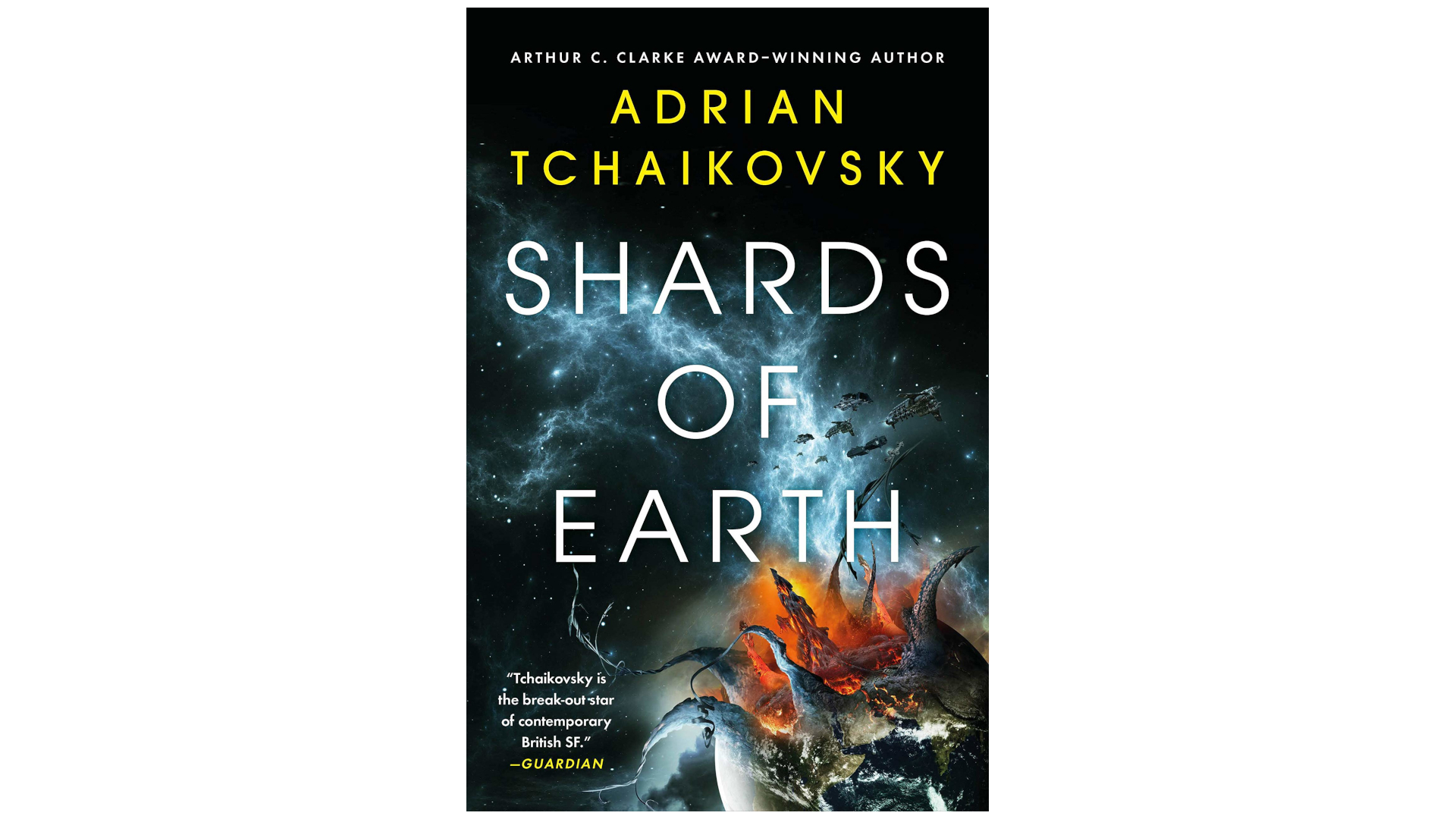
- Author: Adrian Tchaikovsky
- Publisher: Orbit (2021)
Adrian Tchaikovsky is the Arthur C. Clarke award-winning author of “Children of Time” and if you’ve never read his tight, rhythmic prose, you’re in for a real treat.
The storyline is set in the aftermath of an 80-year war against angry aliens called the Architects. Idris Telemmier is a genetically-modified soldier once used as a telepathic weapon in the decades-long battle. With the inability to grow older or sleep since the conflict ceased, Idris now exists aboard a salvage spaceship named Vulture God. Humans created these intimidating soldiers who could connect mentally with the enemy when the Earth died.
A half-century later, Idris and his team have happened upon some discarded object that’s clearly of the Architects’ design. Does this signal the aggressive race’s resurgence in this part of the galaxy? Chased by criminals, fanatics, and politicians while custodians of a rare alien item, Idris zooms through the heavens trying to evade his pursuers while seeking the ultimate truth.
6. At the Mountains of Madness: Volumes 1 and 2
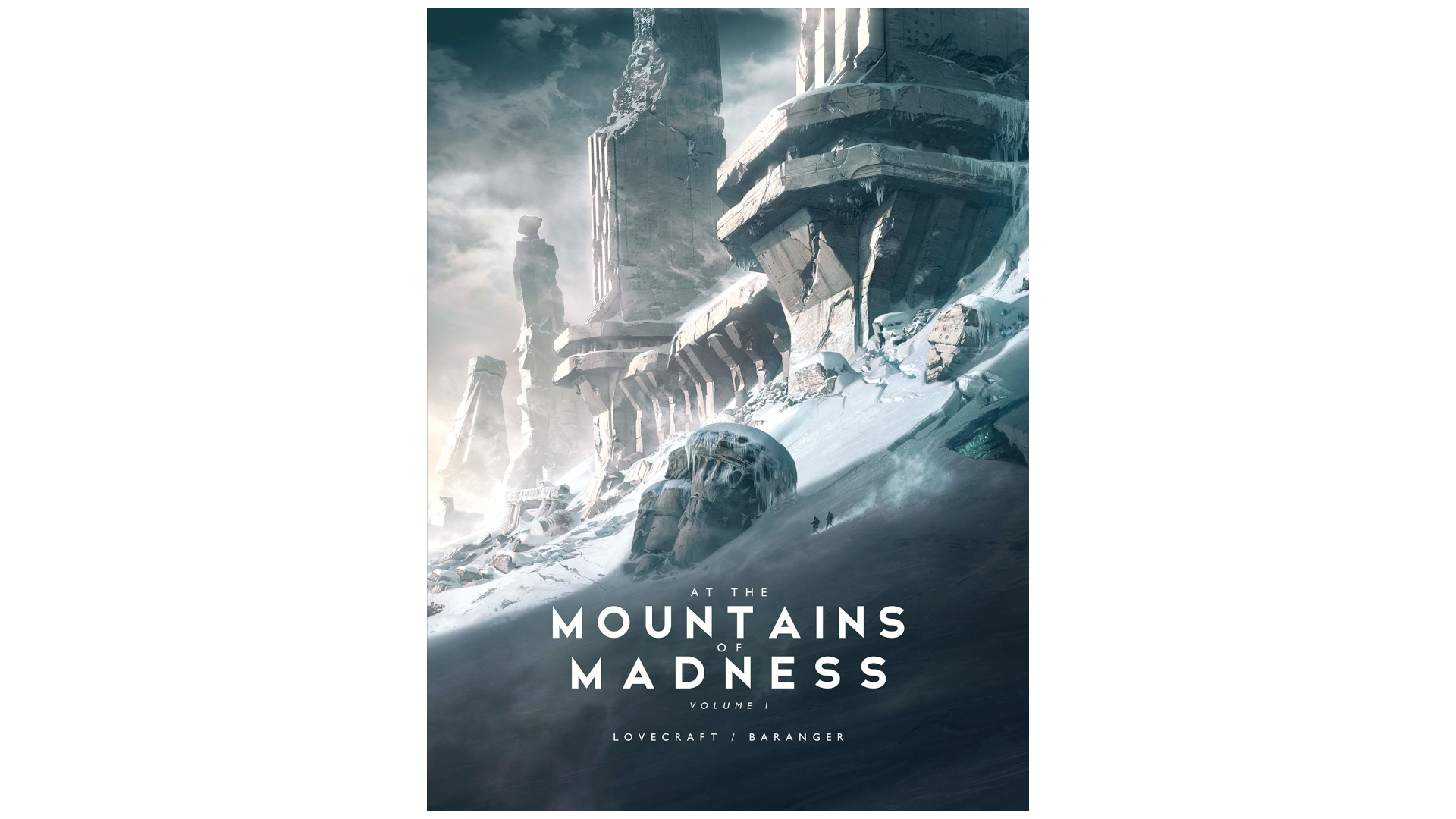
- Author: H. P. Lovecraft
- Illustrator: François Baranger
- Publisher: Design Studio Press (2020/21)
Fans of H. P. Lovecraft’s unforgettable sci-fi horror novella will savor this impressive oversized hardback adaptation showcasing the absorbing art of French illustrator François Baranger. The recounting of a doomed Miskatonic University expedition to sub-zero Antarctica where specimens of an ancient alien species are discovered in a crumbling stone city is now accompanied by frozen landscapes of otherworldly dread.
Baranger is well known for his work as an internationally-recognized concept designer for popular movies and video games, and here he’s achieved the difficult task of reimagining one of Lovecraft’s most terrifying tales into pure nightmare material. Volume 2 was just released on December 22 to complete the set!
- Buy “At the Mountains of Madness: Volume 1” now on Amazon
- Buy “At the Mountains of Madness: Volume 2” now on Amazon
7. Frank Herbert’s Dune: The Graphic Novel, Book 1

- Author: Frank Herbert
- Adapted by: Brian Herbert and Kevin J. Anderson
- Illustrators: Bill Sienkiewicz (cover), Raúl Allén, and Patricia Martín
- Publisher: Harry N. Abrams (2020)
With the success of director Denis Villeneuve’s epic rendition of the seminal 1965 sci-fi novel last year, you might want to check out this stunning graphic novel rendition adapted by Herbert’s son, Brian Herbert, and collaborator Kevin J. Anderson. This pair of writers has vastly expanded the scale and scope of the original “Dune” with over a dozen prequel and sequel novels over the last 22 years. This is the first time the masterwork has been offered in a premium illustrated format (the debut release of a trilogy), now richly adorned with artwork by artists Raúl Allén and Patricia Martín, and an epic cover by Eisner Award-winning illustrator Bill Sienkiewicz.
“His vast library did not include very many comics or graphic novels, but in his newspaper career he was not only a feature writer but also a professional photographer,” Herbert told Space.com, speaking about his father’s cinematic eye. “He used to tell me that he wrote scenes in his novels – and especially in “Dune” – with a camera in mind, as if he were looking at each scene through the lens of a camera.”
8. The Empire Strikes Back: From a Certain Point of View
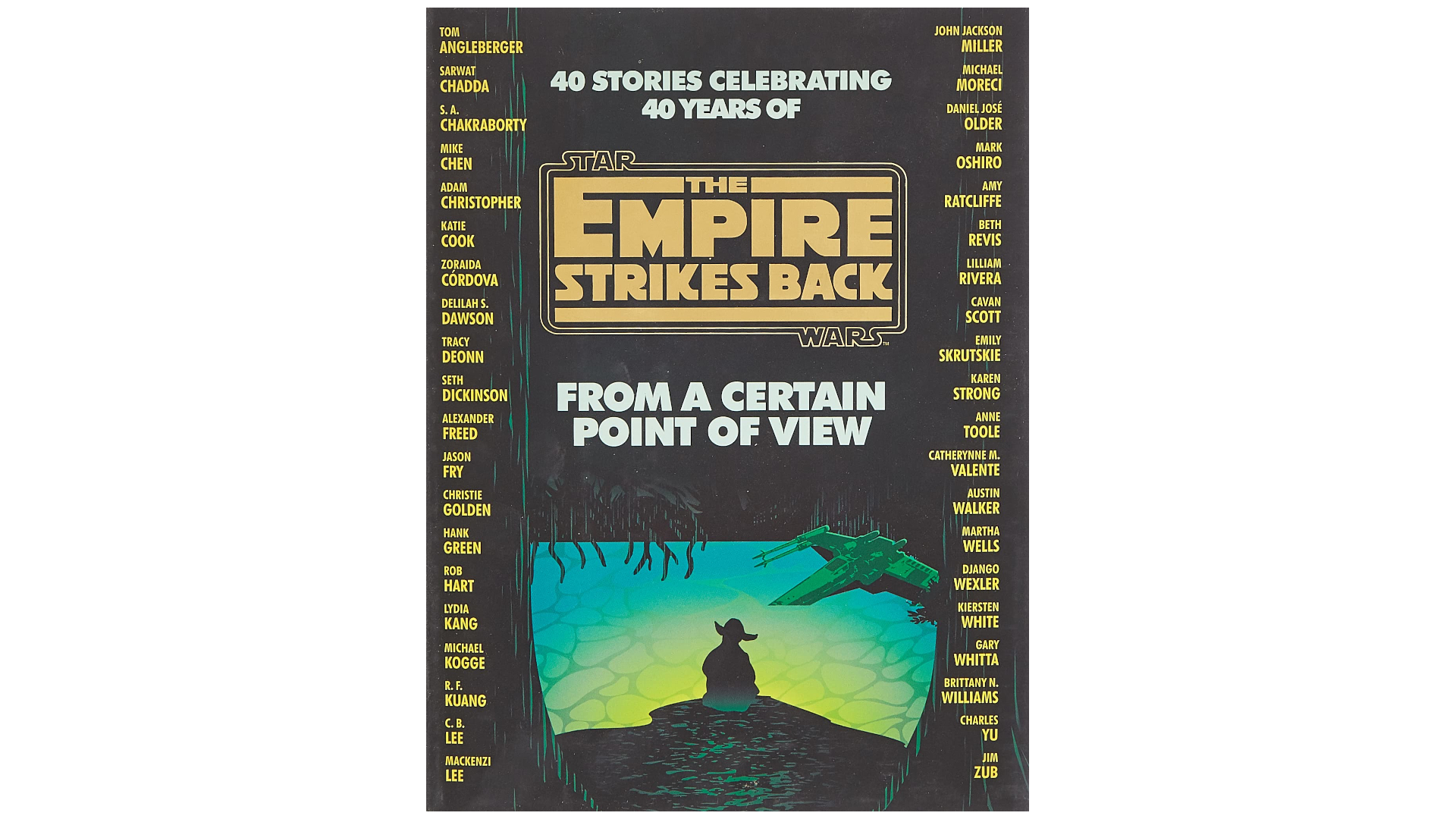
- Authors and artists: Tom Angleberger, Sarwat Chadda, S. A. Chakraborty, Mike Chen, Adam Christopher, Katie Cook, Zoraida Córdova, Delilah S. Dawson, Tracy Deonn, Seth Dickinson, Alexander Freed, Jason Fry, Hank Green, Christie Golden, Rob Hart, Lydia Kang, Michael Kogge, R. F. Kuang, C. B. Lee, Mackenzi Lee, John Jackson Miller, Michael Moreci, Daniel José Older, Mark Oshiro, Amy Ratcliffe, Beth Revis, Lilliam Rivera, Cavan Scott, Emily Skrutskie, Karen Strong, Anne Toole, Catherynne M. Valente, Austin Walker, Martha Wells, Django Wexler, Kiersten White, Gary Whitta, Brittany N. Williams, Charles Yu, and Jim Zub
- Publisher: Del Rey (2020)
To help celebrate the 40th anniversary of Star Wars: The Empire Strikes Back, Del Rey released a stout, 576-page hardcover stuffed with 40 short stories featuring unsung supporting Star Wars heroes, villains, droids, and aliens from the 1980 film. Ever wondered what it’s like caring for tauntauns on the icy world of Hoth? Or about the goings on in the dark depths of Cloud City? Well, now you can find out!
This entertaining anthology showcases contributions by bestselling authors and well-known artists like Austin Walker, Hank Green, Tracy Deonn, Delilah Dawson, Alexander Freed, John Jackson Miller, Anne Toole, and many more. Participating writers generously donated compensations for their tales and proceeds will be given to First Book, a nonprofit providing learning materials to educators and organizations serving kids in need.
9. Star Trek: The Artistry of Dan Curry
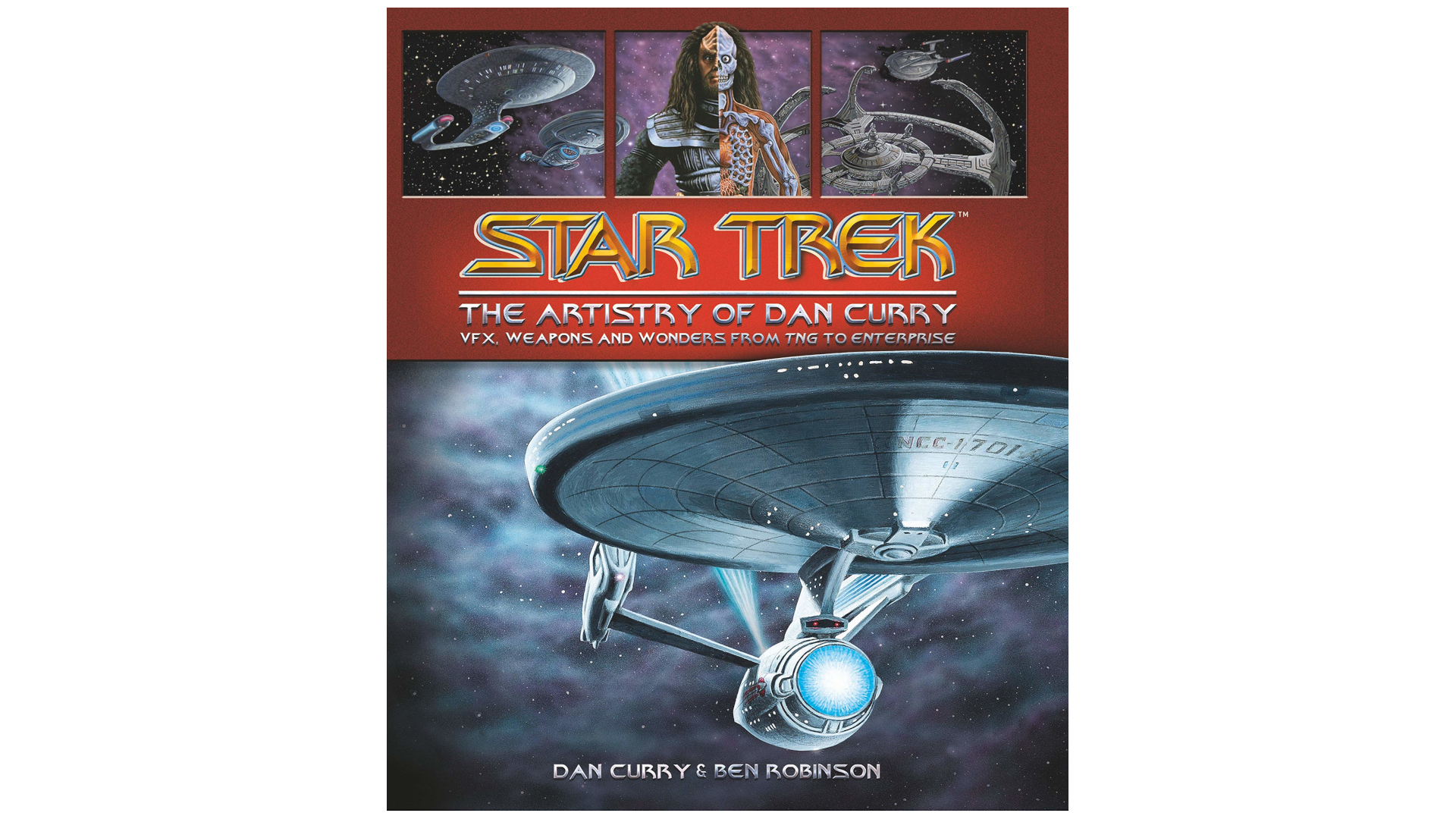
- Authors: Dan Curry and Ben Robinson
- Publisher: Titan Books (2020)
For Star Trek junkies and tech-heads wanting to delve deep into the sensational special effects and worldbuilding of the Star Trek franchise, there’s no bolder release than this lavish volume written by seven-time Emmy Award-winning visual effects supervisor and director, Dan Curry. For three decades, Curry has contributed concept art, title sequences, matte paintings, spaceship design, and practical weapons to numerous series and spin offs including The Next Generation, Deep Space Nine, Voyager, and Enterprise. Written by Curry and Ben Robinson, this is a 204-page treasure packed with rare sketches, concept art, behind-the-scenes stills, and never-seen storyboards celebrating the accomplishments of one of Star Trek’s most acclaimed artisans.
“The illusions that created the universe of Star Trek were the result of many gifted and dedicated artists,” Curry told Space.com. “There was no single hero of its visual effects. I was very fortunate to design and create a lot of things that became part of the Star Trek franchise. I feel it was a decent legacy to leave behind when I ultimately move into the non-biological phase of existence.”
10. The Last Watch
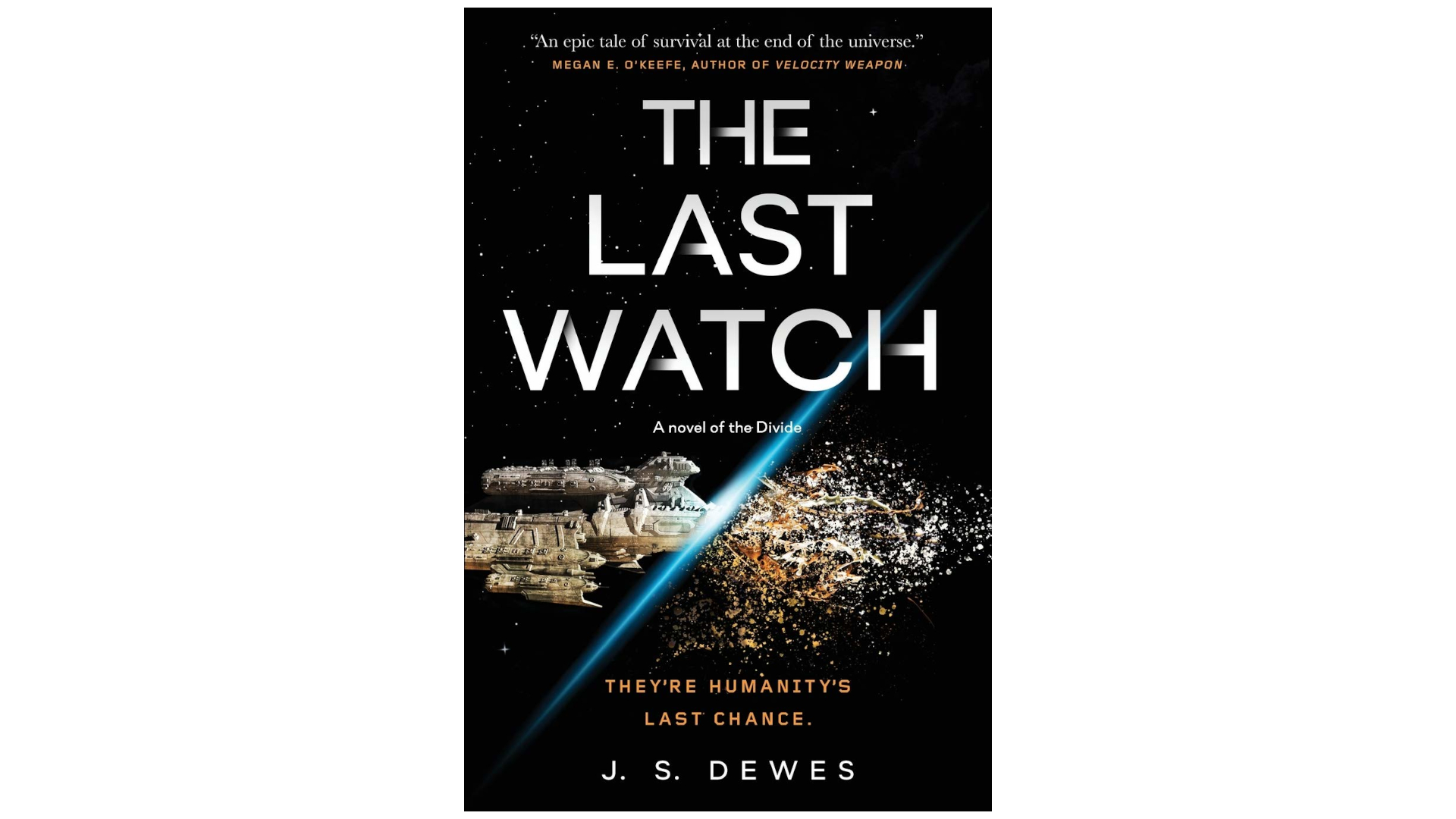
- Authors: J. S. Dewes
- Publisher: Tor Books (2021)
Here’s a rousing space adventure by author J. S. Dewes that chronicles the vigilant crew of the Argus as they perform guard duty against an extraterrestrial threat at the far limits of the universe. This impressive series debut is part of a two-book project called “The Divide” and boasts a motley collection of soldiers led by commander Adequin Rake, who endeavors to protect her crew and humanity from a collapsing cosmic anomaly.
It’s basically “The Expanse” meets “The Dirty Dozen” where a rag-tag group of Sentinels must pull together to save themselves and ensure a viable future. An excellent example of military sci-fi pumped up with pathos, memorable characters, and a relentless juggernaut of a plot. Its sequel, “The Exiled Fleet,” arrived this past August so you won’t have to wait for the follow up!
- Buy “The Last Watch” (The Divide Series, 1) now on Amazon
- Buy “The Exiled Fleet” (The Divide Series, 2) now on Amazon
Best modern sci-fi books
1. Delta-V
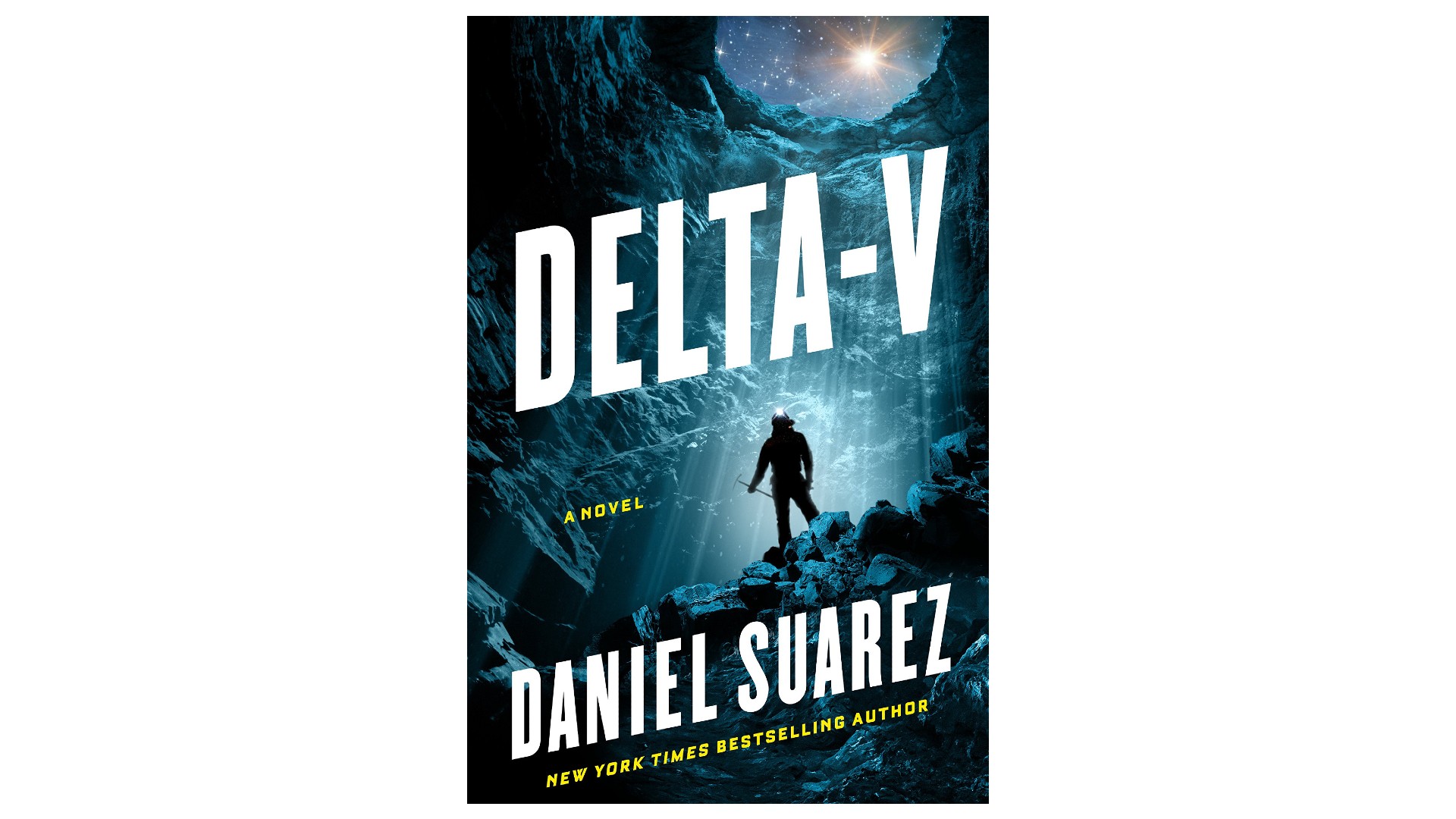
- Authors: Daniel Suarez
- Publisher: Dutton (2019)
In "Delta-v," an unpredictable billionaire recruits an adventurous cave diver to join the first-ever effort to mine an asteroid. The crew's target is asteroid Ryugu, which in real life Japan's Hayabusa2 spacecraft has been exploring since June 2018.
From the use of actual trajectories in space and scientific accuracy, to the title itself, Delta-v — the engineering term for exactly how much energy is expended performing a maneuver or reaching a target — Suarez pulls true-to-life details into describing the exciting and perilous mission. The reward for successful asteroid mining is incredible, but the cost could be devastating.
2. The Lady Astronaut series - The Calculating Stars/The Fated Sky/The Relentless Moon
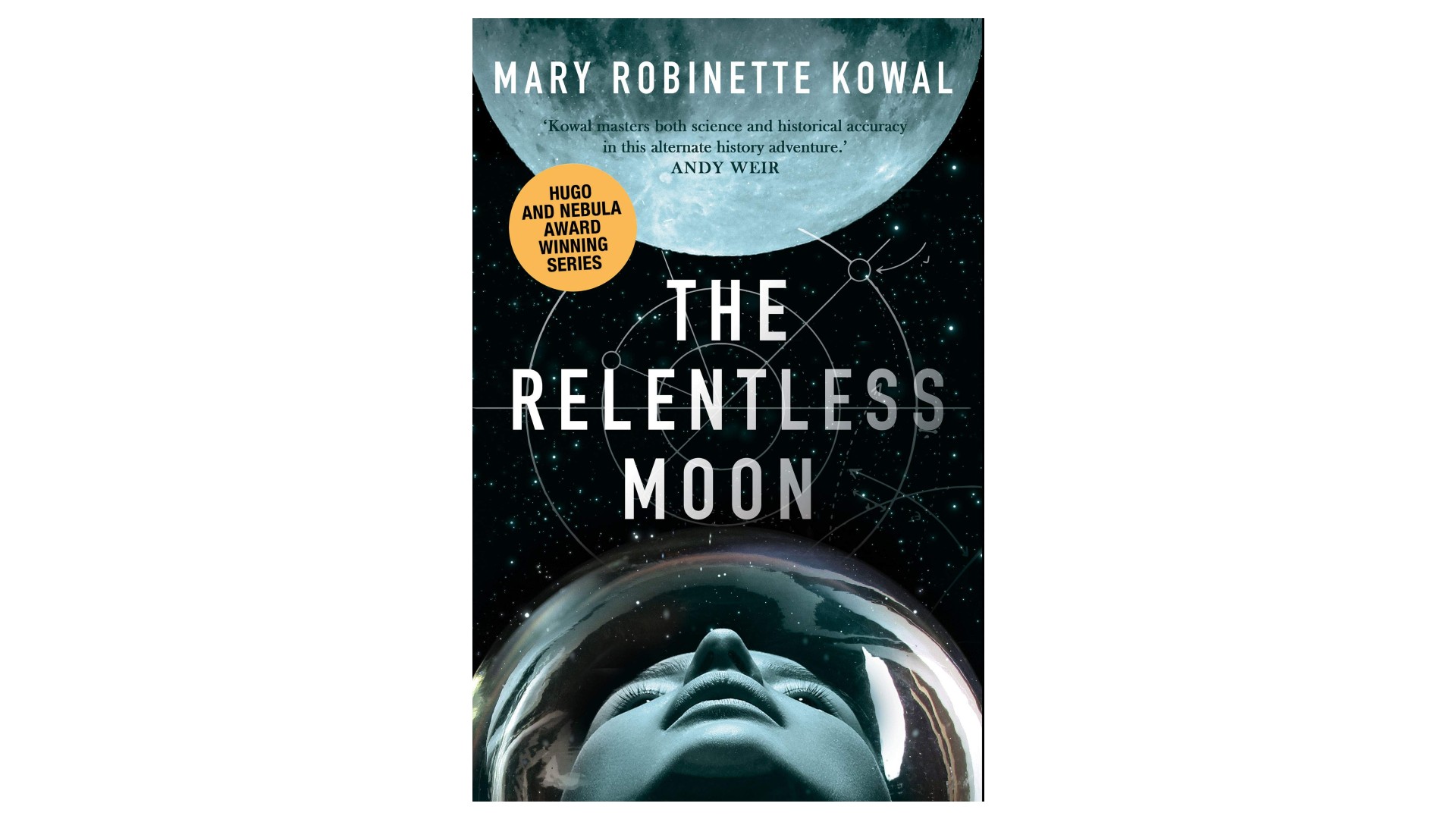
- Author: Mary Robinette Kowal
- Publisher: Tor Books (2018-2020)
What if space exploration wasn't a choice but a necessity, driven by the knowledge that Earth would soon become uninhabitable and powered by international coalitions built after a catastrophic meteorite impact? That's the alternative history novelist Mary Robinette Kowal explores in her Lady Astronaut series.
The books follow mathematician and World War II pilot Elma York, who dreams of becoming an astronaut herself. Kowal intricately melds real history with her fictional plot to create a series that is simultaneously hopeful and pragmatic. The Lady Astronaut offers a powerful vision of how spaceflight could be a positive force in society.
3. Red Moon
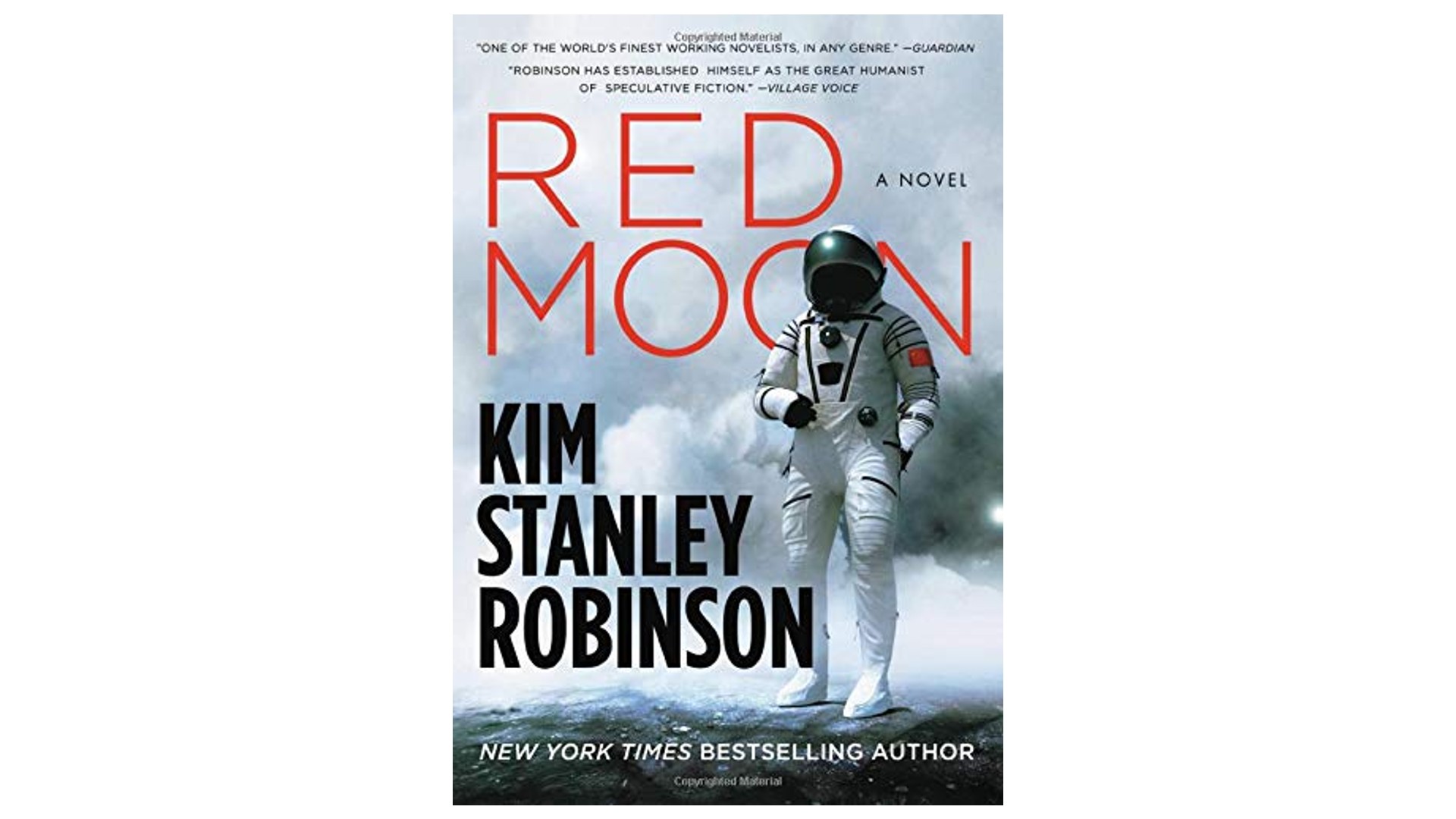
- Author: Kim Stanley Robinson
- Publisher: Orbit (2018)
Red Moon, the latest novel from legendary science fiction author Kim Stanley Robinson, blends realism and drama in a way that instantly transports the reader to the lunar surface. The book, which takes place 30 years into the future, opens on the journeys of Fred Fredericks, an American quantum engineer working for a Swiss company, and Ta Shu, a poet, feng shui expert and celebrity travel reporter to the moon where they are traveling to work. In the world of the book, China has become the first political and technological entity to inhabit the moon in a serious, long-term way.
At first, as a reader, you may find yourself adjusting to the character's clumsy movements in lunar gravity and anticipating what life on the moon might really be like, but the story takes a shocking turn and life on the moon turns out to be much different from what you may have expected. "Red Moon" does an incredible job immersing the reader in a captivating alien, yet still familiar, world while at the same time staying grounded in a reality that we could truly one day face.
4. Before Mars
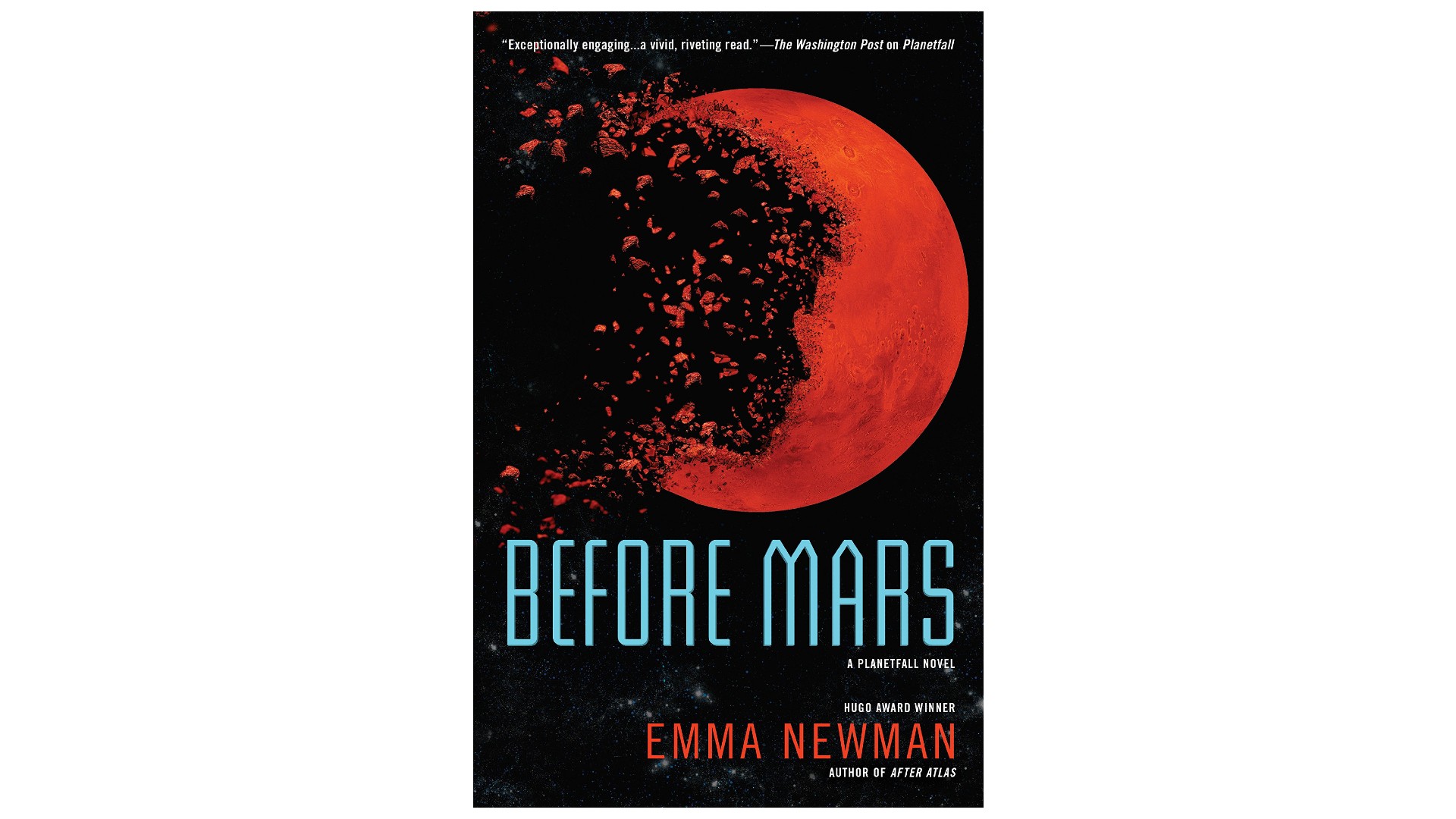
- Author: Emma Newman
- Publisher: Ace (2018)
Emma Newman's latest book set in her "Planetfall" universe, "Before Mars," sees a geologist arriving at a small Mars base after a lengthy journey only to realize that things aren't as they seem. The base's AI is untrustworthy, the psychologist seems sinister, and the main characters finds a note to herself she has no memory of writing. In a world of perfectly immersive virtual reality, can she trust what she sees? Or did the long trip take a toll on her sanity? "Before Mars" takes place on an eerie, largely empty Mars after a giant corporation buys the rights to the planet.
It's a thrilling read but — like Newman's other "Planetfall" books — also a deep dive into the protagonist's psychology as she grapples with what she discovers on the Red Planet. "Before Mars" and the other books in the same universe ("Planetfall" and "After Atlas") can be read in any order, but Space.com highly recommends giving them all a look.
5. Artemis
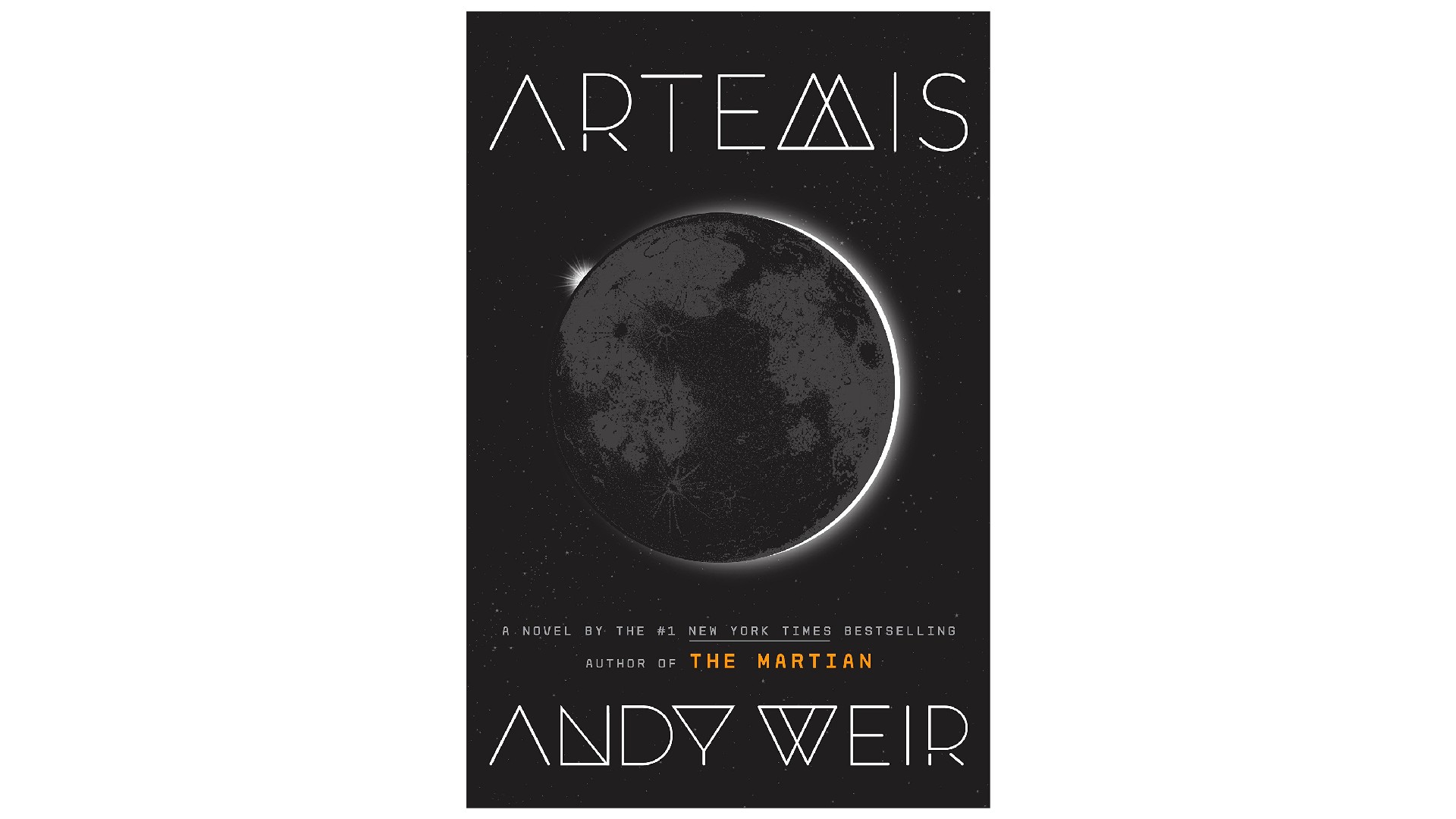
- Author: Andy Weir
- Publisher: Crown (2017)
In "The Martian" (Crown, 2014) first-time author Andy Weir gave voice to the sardonic, resourceful botanist Mark Watney as he struggled for survival stranded on Mars. In his second novel, "Artemis," he follows Jazz Bashara, a porter (and smuggler) on the moon who's drawn into a crime caper.
Weir brings a similar meticulous detail to his descriptions of the moon as the ultimate tourist destination as he did to Watney's misadventures on Mars, but his characterization of Jazz doesn't play to his writing strengths like Watney's log entries did. Still, "Artemis" is an entertaining romp through a really intriguing future moon base, with plenty of one-sixth-gravity action and memorable twists. It's well worth the read. Plus, there's an audiobook version read by Rosario Dawson.
6. Provenance
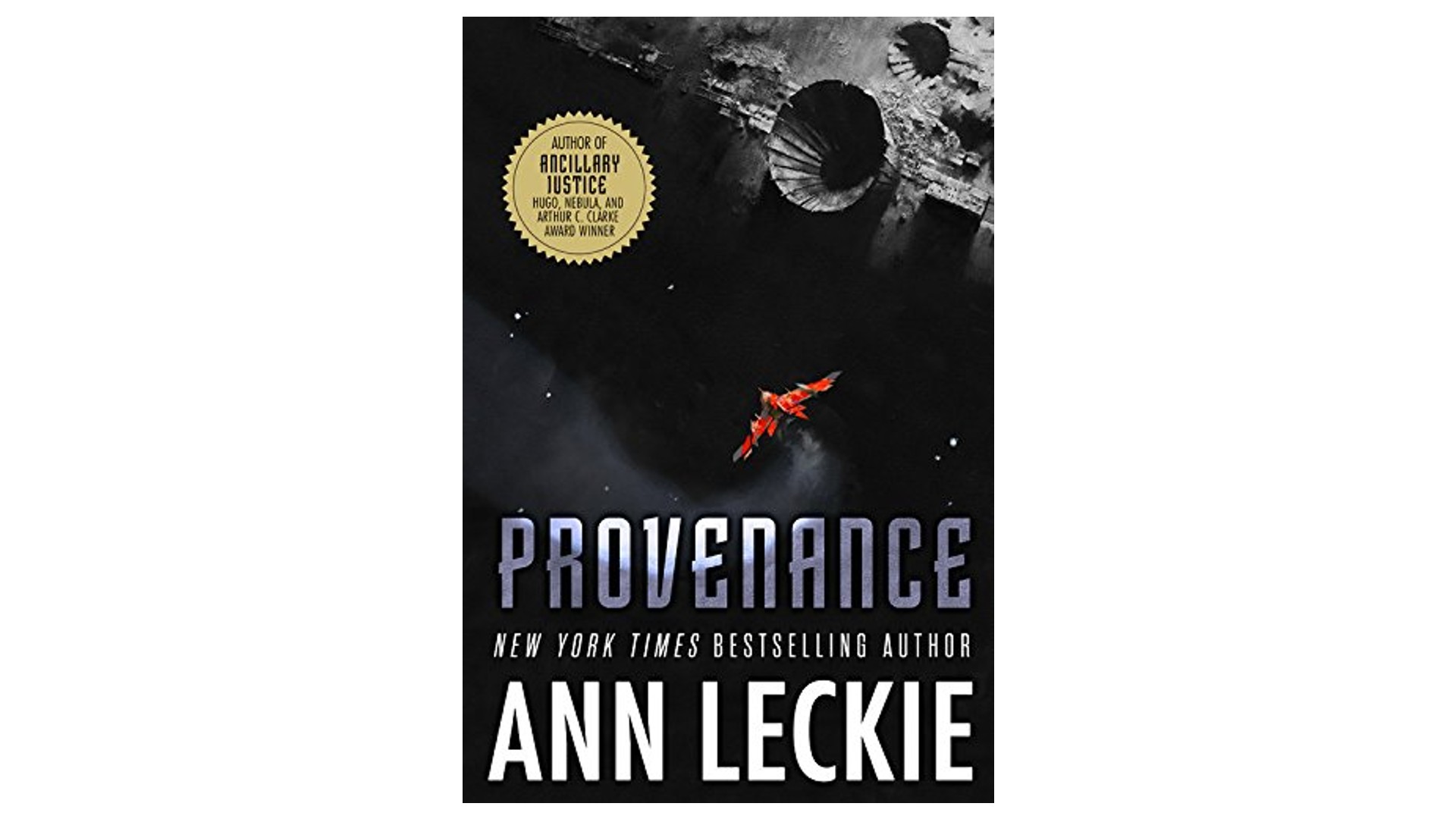
- Author: Ann Leckie
- Publisher: Orbit (2017)
A young woman plots to find stolen artifacts in "Provenance," which takes place in the same universe as author Ann Leckie's award-winning "Ancillary" trilogy of books — but introduces readers to a new selection of future human cultures with a more straightforward and less high-concept adventure story.
Don't let that fool you, though: The book's exploration of multiculture, multispecies conflict (with aliens called the Geck) works just as much intriguing worldbuilding into the mix as her previous books. Plus, there are mind-controlled robots, stolen alien ships and a society with three genders.
7. Leviathan Wakes - The Expanse series
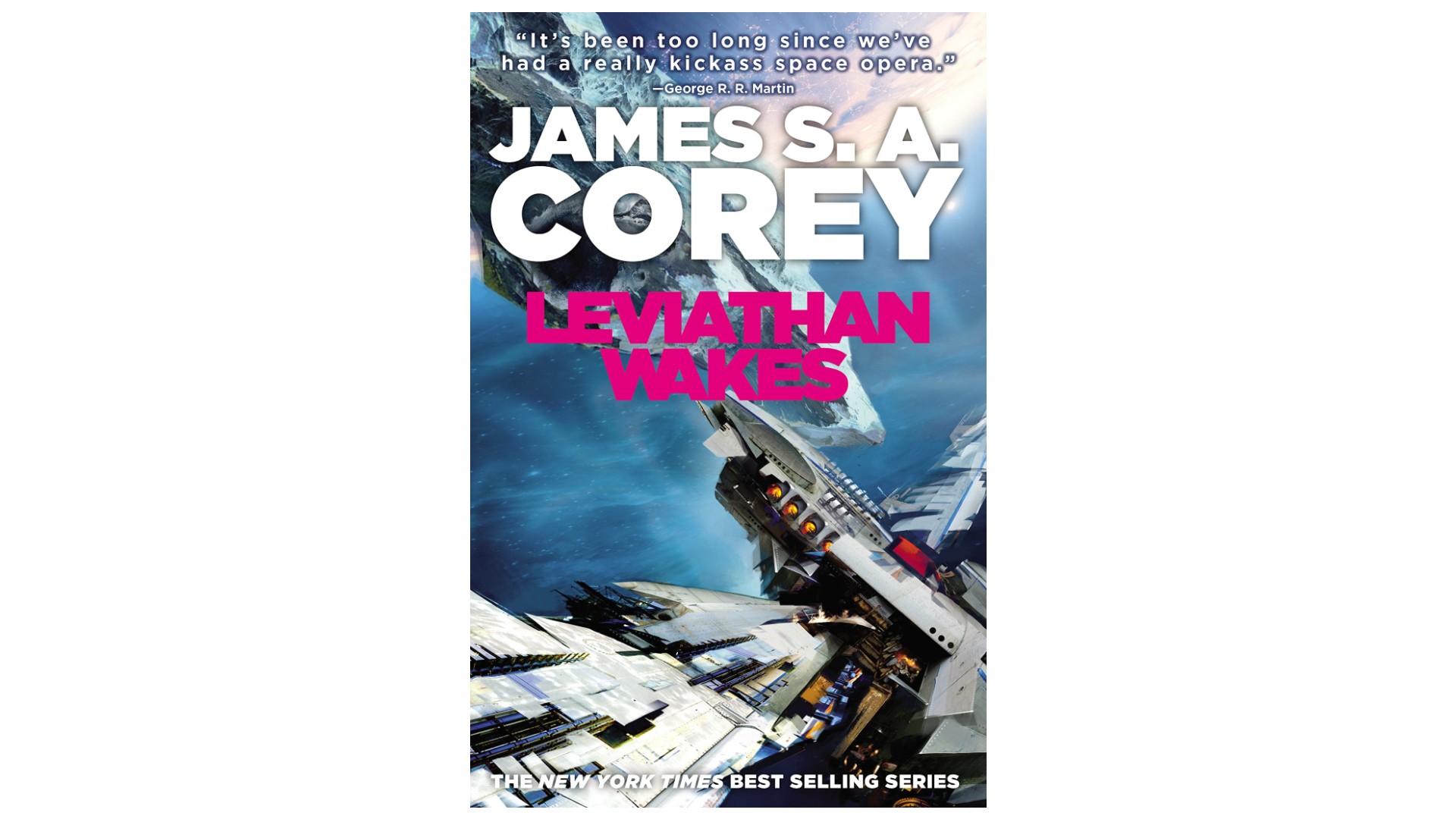
- Author: James S.A. Corey
- Publisher: Orbit (2011)
200 years in the future, humanity has colonized the solar system and is split among three factions on the brink of conflict: Earth, Mars and the Asteroid Belt, which includes the spinning Ceres asteroid colony. As multiple viewpoint characters are ensnared in a system-wide mystery, the story's scope slowly broadens to reveal the full complexity of the novels' science fiction world. The books, co-written by Dan Abraham and Ty Franck, originally stemmed from a tabletop roleplaying game idea, and it shows through the detailed worldbuilding and exploration of a solar system remade in humanity's image. Plus, it's a fun, tightly-plotted set of spacefaring adventure stories.
The series is slated for nine books, and they've appeared steadily one per year from 2011-2015 for a total of five so far (plus some tie-in novellas). They're also the basis for Syfy's TV show "The Expanse," recently renewed for a 13-episode second season. Book six, "Babylon's Ashes," is slated for release December 2016.
See here and here for Q&As with the series' authors describing the book's inception and the TV show's development (plus, the coolest sci-fi in the series).
8. Aurora
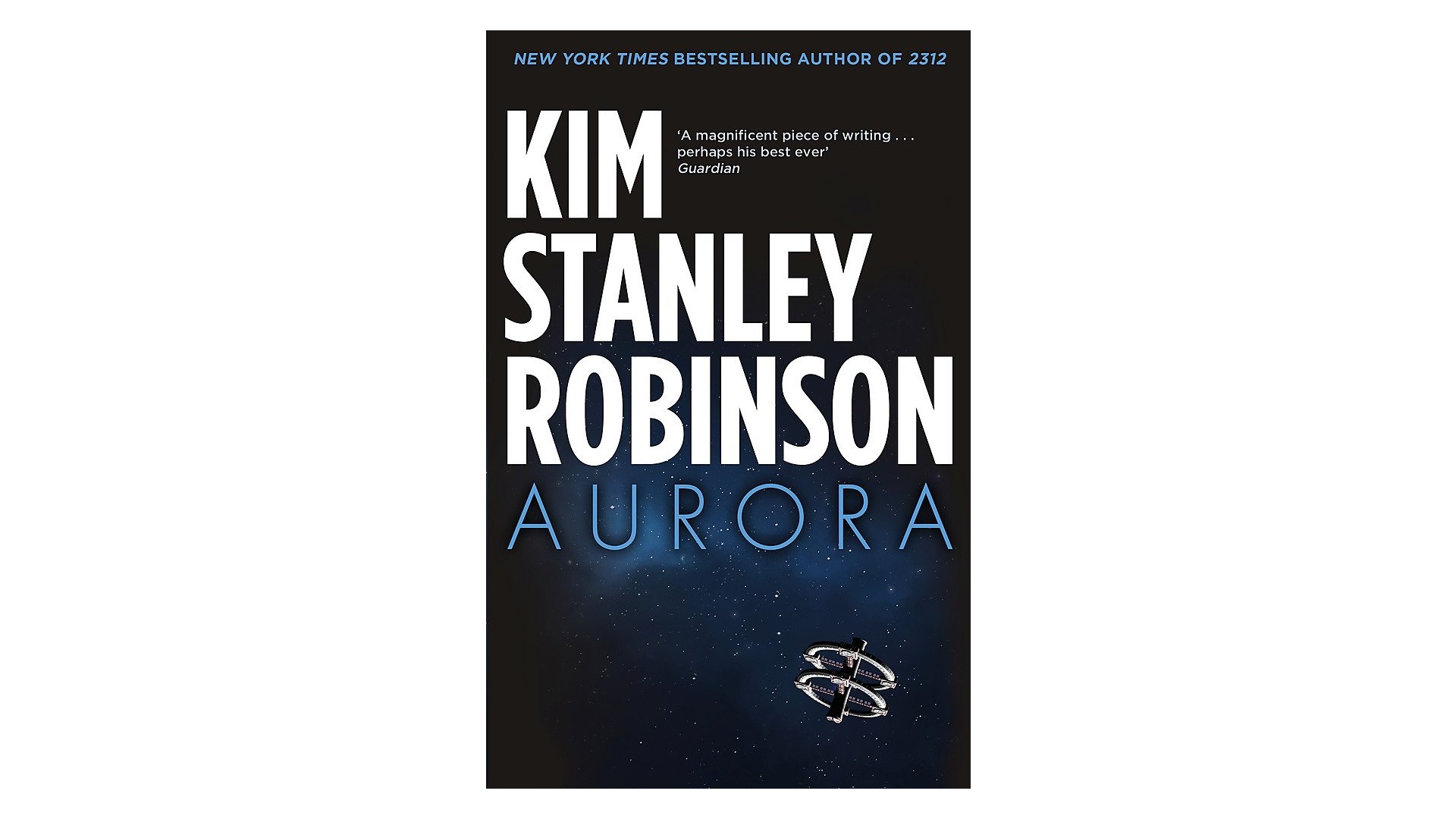
- Author: Kim Stanley Robinson
- Publisher: Orbit (2015)
After numerous novels and short stories probing humanity's trials in the near future, far future and distant past, science fiction master Kim Stanley Robinson offers his own highly detailed spin on the challenge of interstellar travel in his new book "Aurora" (Orbit, 2015).
Humanity's first trip to another star is incredibly ambitious, impeccably planned and executed on a grand scale in "Aurora." The novel begins near the end of a 170-year mission aboard a spaceship carrying roughly 2,000 humans to the seemingly Earth-like moon of a planet orbiting a nearby star, Tau Ceti.
Told largely from the perspective of the ship's computer, "Aurora" emphasizes the fragile unity of all the living and nonliving parts aboard the starship as it hurtles through space. As the story of the landing unfolds, the narrative doesn't shy away from the science or the incredible complexity of a 2,000-person, multigenerational ship. The spacecraft is portrayed as one organism that can have conflicting interests or fall out of balance but that ultimately has to work in concert to reach its destination intact.
Best classic sci-fi books
1. The Martian Chronicles
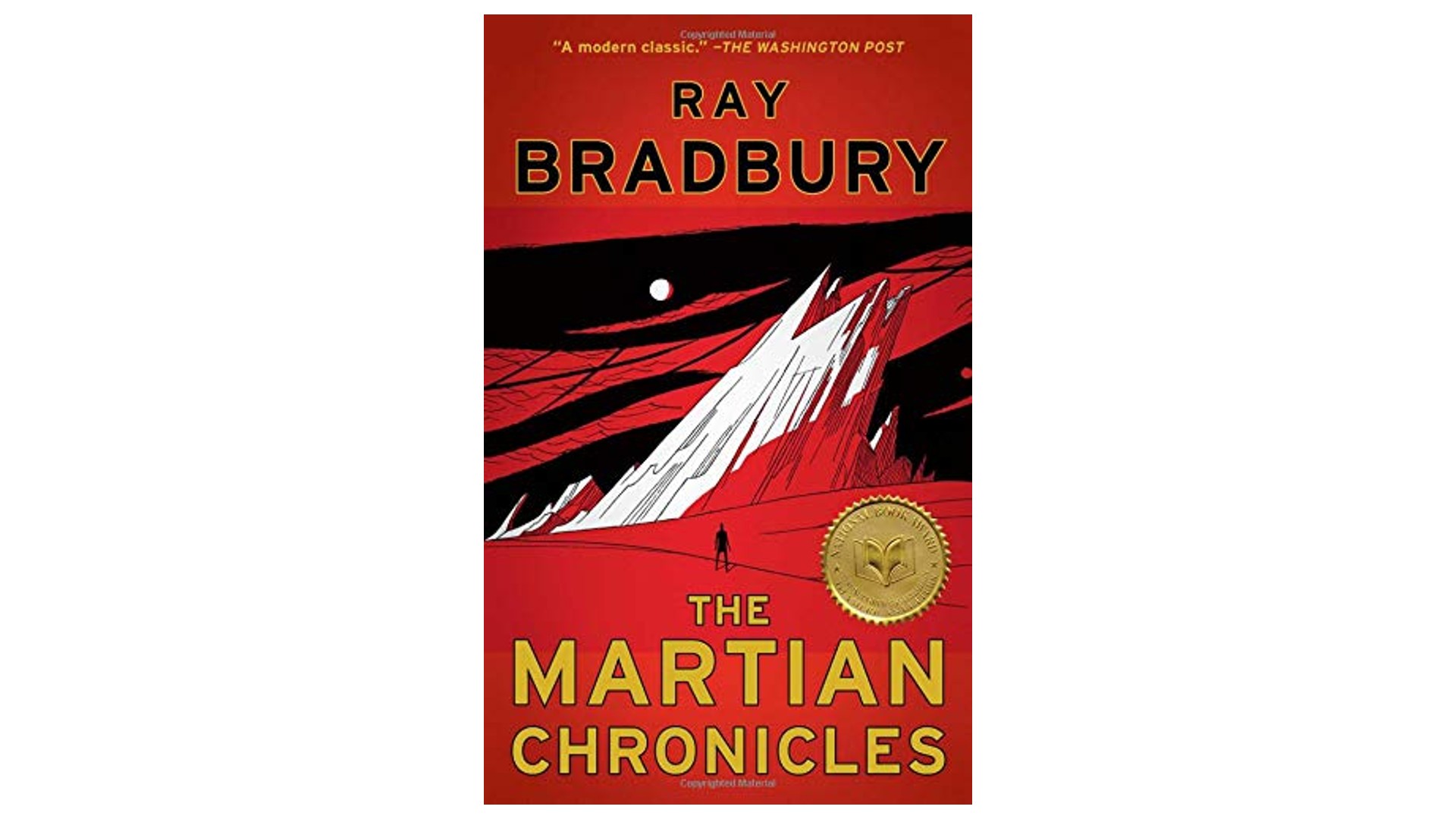
- Author: Ray Bradbury
- Publisher: Doubleday (1951)
In case you haven't heard of him, Ray Bradbury is an icon of science fiction writing. In "The Martian Chronicles," Bradbury explores the gradual human settlement of the Red Planet, through a series of lightly connected stories. Bradbury paints the Martian landscape and its inhabitants with master strokes, but equally strong is his portrayal of the psychological dangers that await the human settlers who arrive there.
This, as well as the space-themed stories in Bradbury's other classic collection "The Illustrated Man," struck a chord with me when I was young and dreamed about traveling to the stars. Reading his work today, it is amazing to see that although Bradbury writes from a time when human space travel hadn't yet begun (the book was first published in 1950), the issues and questions his stories raise are still relevant as humanity takes its first steps into that great frontier.
2. Ender's Game
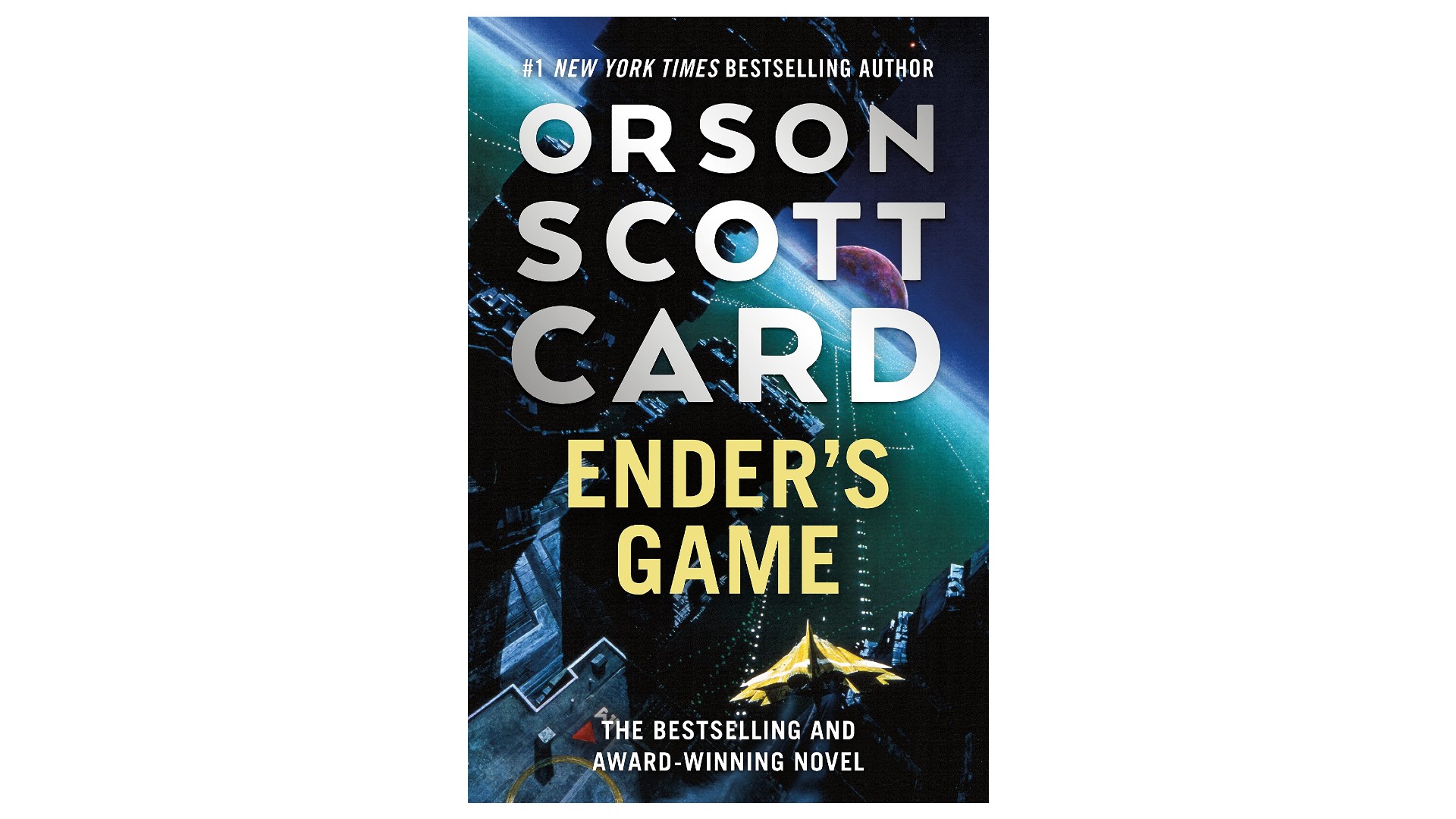
- Author: Orson Scott Card
- Publisher: Tor Books (1985)
This classic science fiction novel by Orson Scott Card should be ever-present on any space fan's bookshelf. Card's novel follows the life of Ender Wiggin as he learns to fight the Formics, a horrifying alien race that almost killed off all humans when they attacked years and years ago.
Wiggin learns the art of space war aboard a military space station built to help train young people to fight the cosmic invaders. Basically, this book is a coming-of-age tale that makes you want to fly to space and also forces you to think about some serious social issues presented in its pages. (The book is the first in a quintet, and inspired a much larger body of work that takes place in the same universe.)
3. The Martian
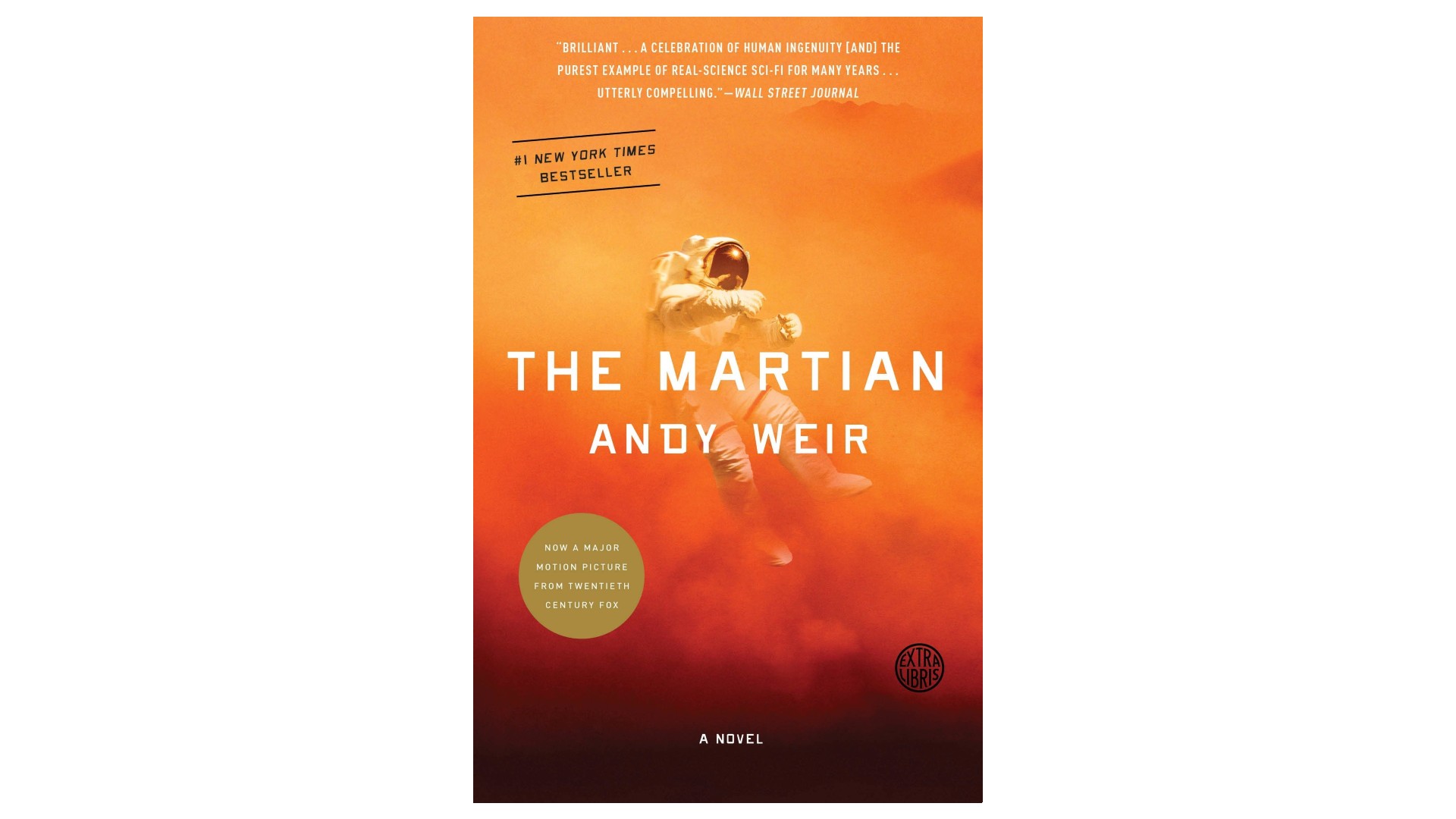
- Author: Andy Weir
- Publisher: Random House (2014)
"The Martian," by Andy Weir, is a truly great science fiction book that's heavy on the science. Weir tells the story of Mark Watney, a fictional NASA astronaut stranded on Mars, and his difficult mission to save himself from potential doom in the harsh Red Planet environment. Watney seems to have everything against him, yet Weir deftly explains not only what Watney's survival needs are but also how he goes about trying to make them work. "The Martian" also was made into a movie, which was released in 2015. The film stars Matt Damon as Watney and is directed by space movie veteran Ridley Scott.
4. Dune
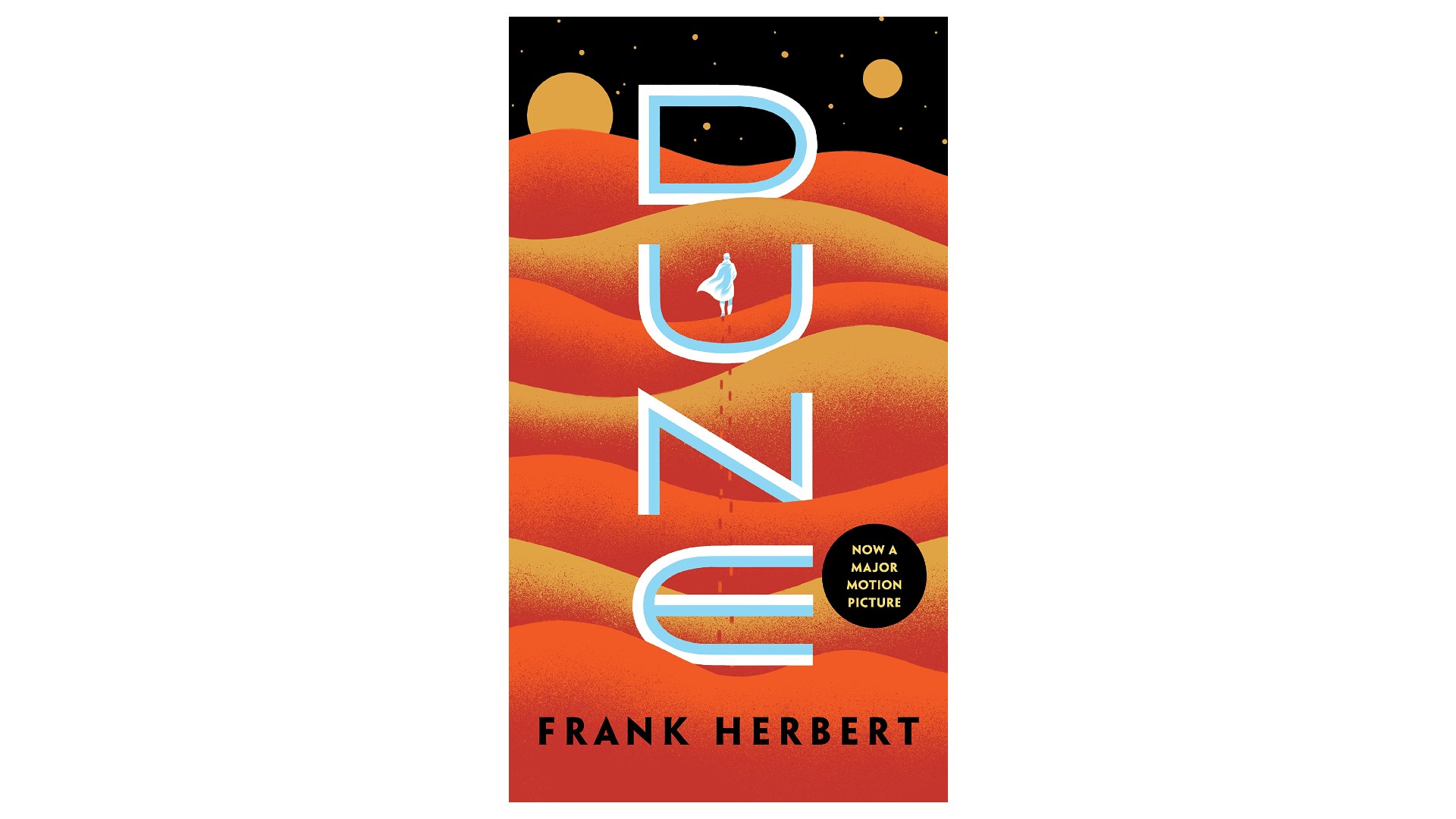
- Author: Frank Herbert
- Publisher: Chilton Books (1965)
In "Dune," Frank Herbert imagines a vast, intricate future universe ruled by an emperor who sets the Atreides and Harkonnen families warring over the desert planet Arrakis, also known as Dune. The arid world holds the only source of the spice mélange, necessary for space travel. Spread across star systems, "Dune" teems with wild characters: human computers (Mentats), tribal fighters (Fremen), mind-controlling "witches" (Bene Gesserit Sisterhood) and humans ranging from the corrupt Baron Harkonnen to Paul "Muad'Dib" Atreides, whose journey from a sheltered childhood anchors the story.
Early on, the Baron says, "Observe the plans within plans within plans," summing up the adversaries' wary analyses of each faction's complex motivations. This cerebral second-guessing balances with epic action throughout the book, centering on the perhaps best-known feature of the Duniverse: the monstrous spice-producing sandworms. The best-selling novel raised science fiction literature to greater sophistication by including themes of technology, science, politics, religion and ecology, although the burgeoning Dune franchise remains less popular than Star Wars (which borrowed heavily from "Dune").
5. Hyperion - Hyperion Cantos Series
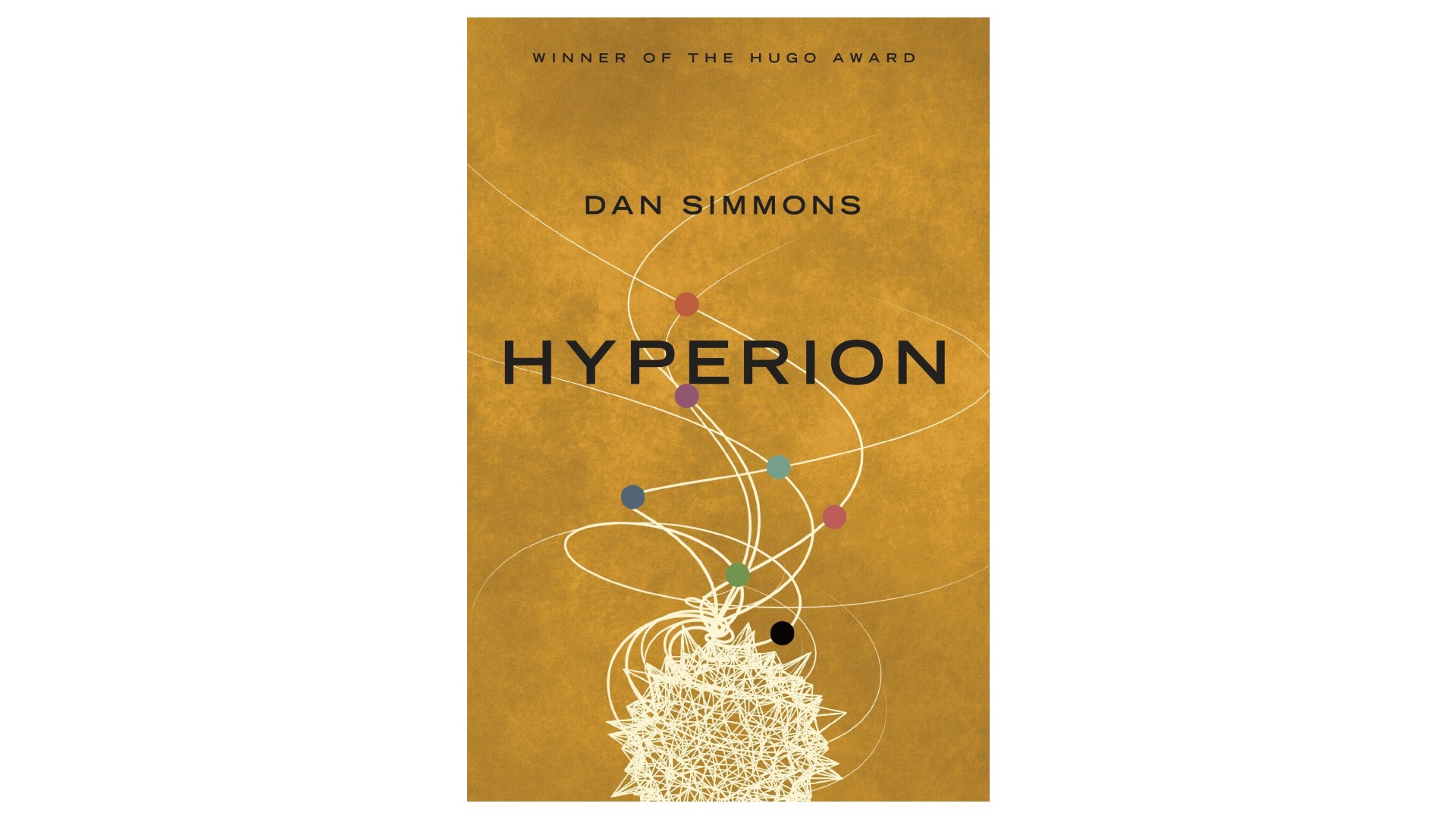
- Author: Dan Simmons
- Publisher: Doubleday (1989)
Part space epic, part "Canterbury Tales," "Hyperion" tells the story of seven pilgrims who travel across the universe to meet their fate, and the unspeakably evil Shrike, who guards the Time Tombs on the planet Hyperion.
On the way, each pilgrim tells his or her own tale, and each world is so exquisitely created that it's hard to believe it all came from the mind of one author. The tale of the scholar whose daughter ages backward after her visit to the Tombs, and his quest to save her as she returns to childhood, is my favorite — it's heartbreaking and terrifying at the same time.
6. Gateway
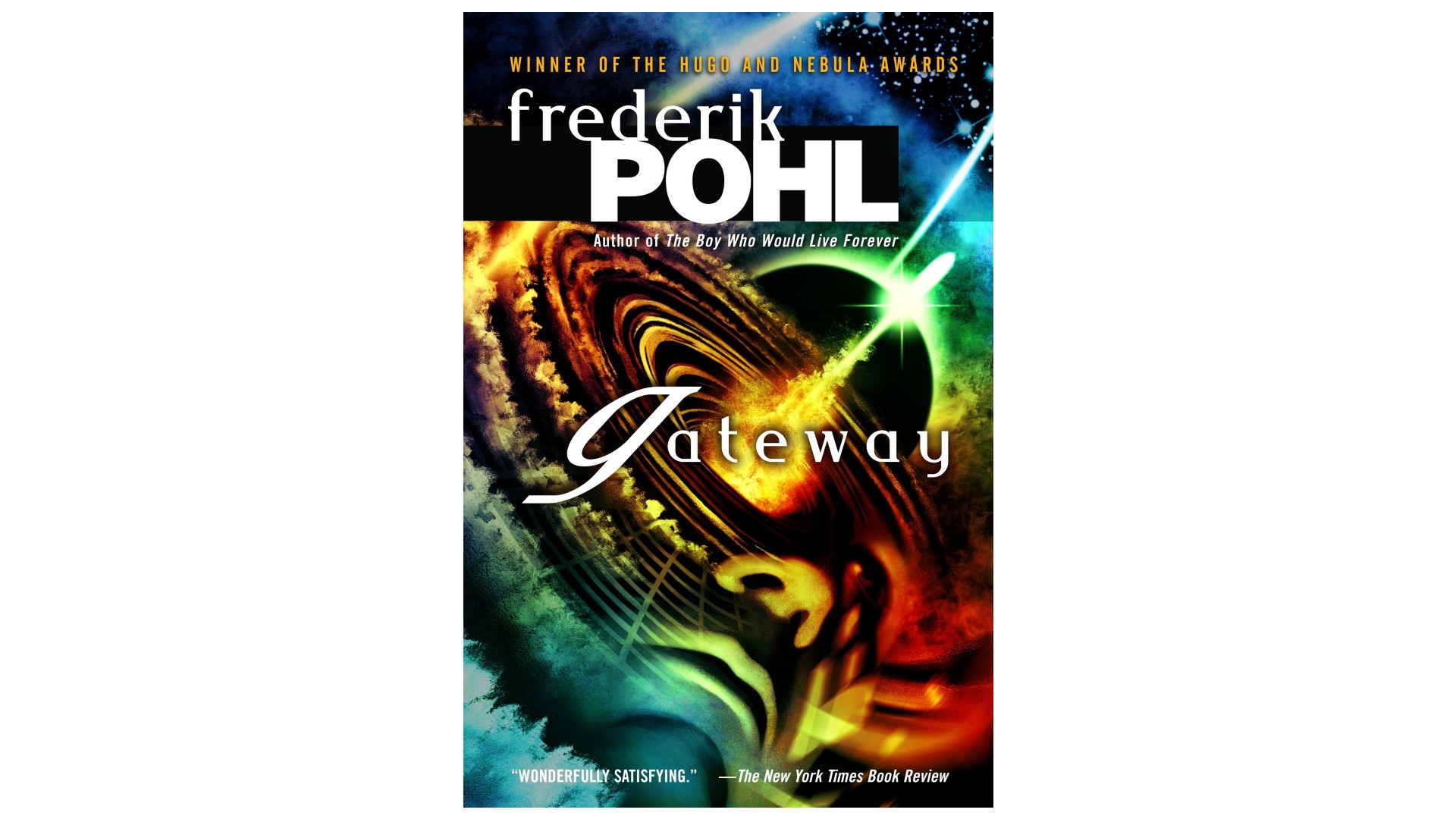
- Author: Frederik Pohl
- Publisher: St. Martin's Press (1977)
"Gateway" is the first science fiction book I ever read, because my father, a longtime sci-fi junkie, had loved it. It's an intense read that explores why we make the choices we do, and how we deal with the consequences of those choices in the black vacuum of space. In "Gateway," those with the money to leave the dying Earth can hitch a ride on a starship that will either make them wealthy beyond their wildest dreams or lead them to a grim and possibly violent death. Or, like our hero, you could wind up in the grip of a massive black hole and have to make difficult decisions that lead you to the couch of an electronic shrink.
Join our Space Forums to keep talking space on the latest missions, night sky and more! And if you have a news tip, correction or comment, let us know at: community@space.com.
Get the Space.com Newsletter
Breaking space news, the latest updates on rocket launches, skywatching events and more!

Jeff Spry is an award-winning screenwriter and veteran freelance journalist covering TV, movies, video games, books, and comics. His work has appeared at SYFY Wire, Inverse, Collider, Bleeding Cool and elsewhere. Jeff lives in beautiful Bend, Oregon amid the ponderosa pines, classic muscle cars, a crypt of collector horror comics, and two loyal English Setters.










